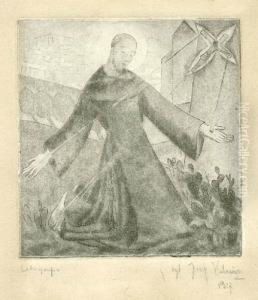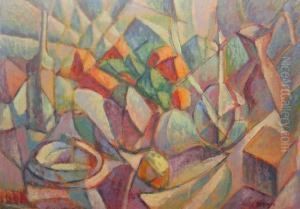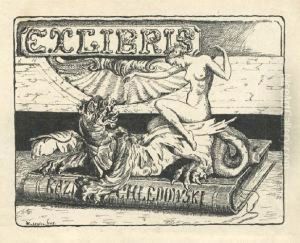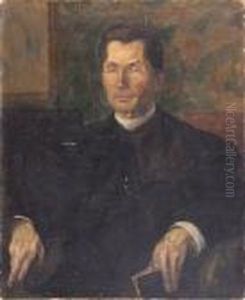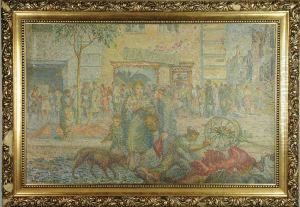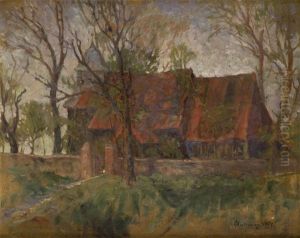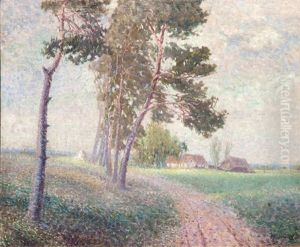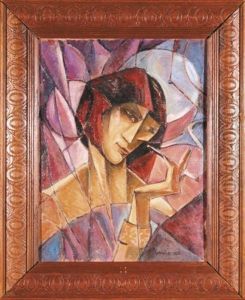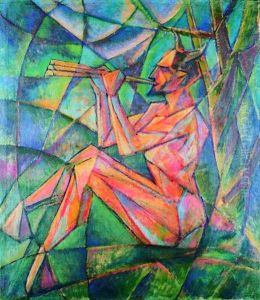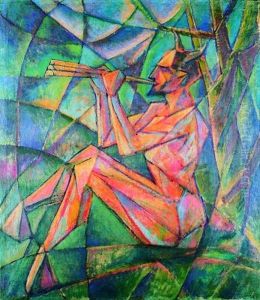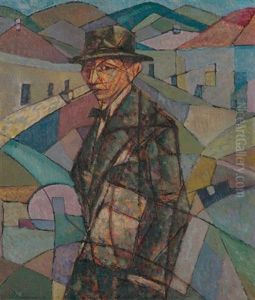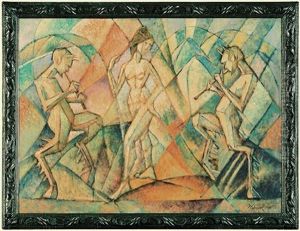Jerzy Hulewicz Paintings
Jerzy Hulewicz was a Polish artist, teacher, and poet, who played a significant role in the art scene of Poland in the early 20th century. Born on December 24, 1886, in Poznań, which was under Prussian rule at the time, Hulewicz grew up in a period of political tension and cultural struggle. He was deeply involved in the fight for Polish independence, which influenced his artistic and literary work.
Hulewicz studied art in his hometown and later in Munich and Paris, which were key centers for avant-garde art at the time. His early work was influenced by Symbolism and Art Nouveau, but as his career progressed, he became more interested in the avant-garde movements that were sweeping across Europe, including Expressionism and Cubism.
In 1919, Hulewicz founded the 'Polish Expressionists' group, also known as the Poznań Expressionists, which became a significant force in the development of modern art in Poland. He was also the founder of the 'Bunt' (Rebellion) artistic and literary group, which aimed to shake up the conservative art world in Poland and introduce new, radical ideas.
As an artist, Hulewicz was known for his graphic works, paintings, and book illustrations. His art often dealt with themes of national identity, spirituality, and the human condition, reflecting his intellectual interests and his response to the turbulent political environment of his time.
In addition to his artistic pursuits, Hulewicz was an influential art teacher. He taught at the State School of Decorative Arts and Crafts in Poznań, where he nurtured a generation of young Polish artists. His teaching and his art were both part of a larger vision to foster a distinctly Polish modern art that was connected to the broader European movements but also deeply rooted in the nation's cultural heritage.
Jerzy Hulewicz's contribution to Polish art was cut short by the outbreak of World War II. He was arrested by the Gestapo during the German occupation of Poland and died on October 29, 1941, in the Fort VII concentration camp near Poznań. Despite his premature death, his legacy endured in the Polish art community, and he is remembered as a pioneer of modern Polish art and a champion of the avant-garde.
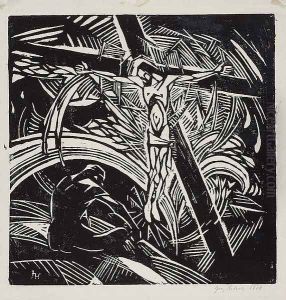
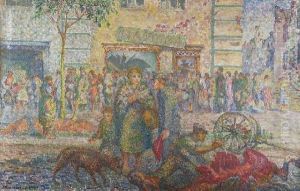
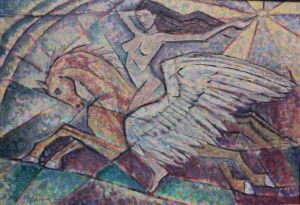
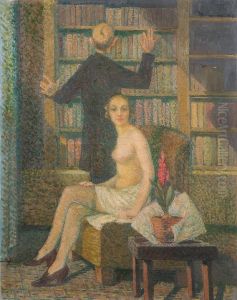
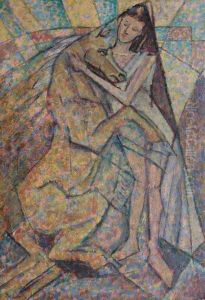
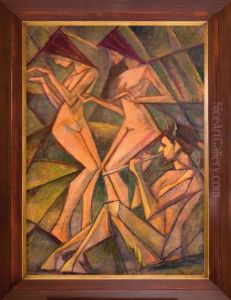
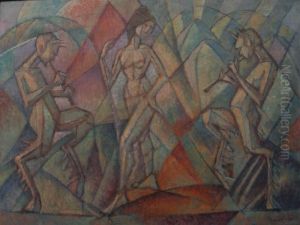
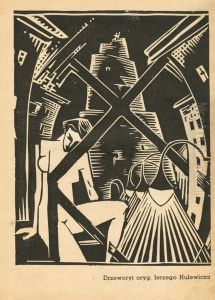
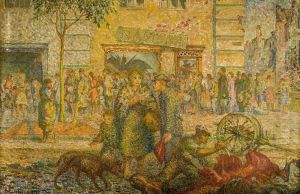
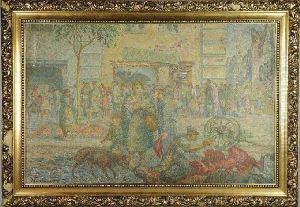
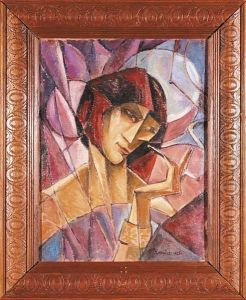
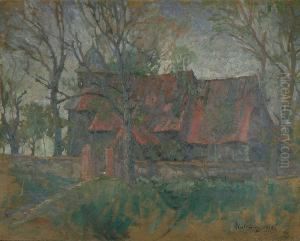
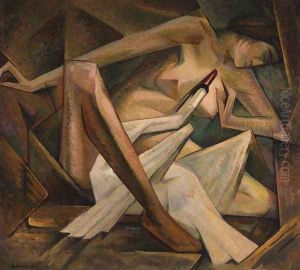
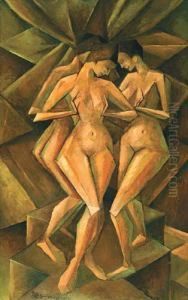
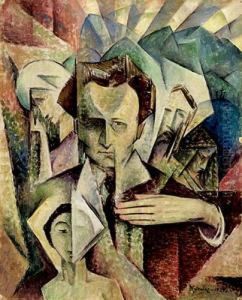
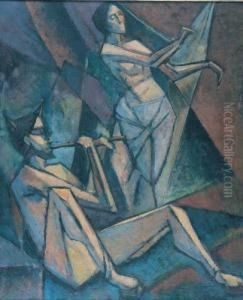
![Odalistka [tytul Oryginalny] (1930)](https://www.niceartgallery.com/imgs/1382207/s/jerzy-hulewicz-odalistka-tytul-oryginalny-1930-67347bec.jpg)
